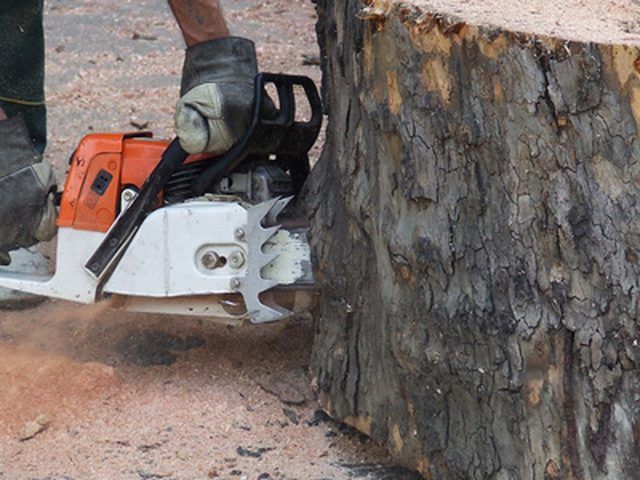Bulbs
Flower Basics
Flower Beds & Specialty Gardens
Flower Garden
Garden Furniture
Garden Gnomes
Garden Seeds
Garden Sheds
Garden Statues
Garden Tools & Supplies
Gardening Basics
Green & Organic
Groundcovers & Vines
Growing Annuals
Growing Basil
Growing Beans
Growing Berries
Growing Blueberries
Growing Cactus
Growing Corn
Growing Cotton
Growing Edibles
Growing Flowers
Growing Garlic
Growing Grapes
Growing Grass
Growing Herbs
Growing Jasmine
Growing Mint
Growing Mushrooms
Orchids
Growing Peanuts
Growing Perennials
Growing Plants
Growing Rosemary
Growing Roses
Growing Strawberries
Growing Sunflowers
Growing Thyme
Growing Tomatoes
Growing Tulips
Growing Vegetables
Herb Basics
Herb Garden
Indoor Growing
Landscaping Basics
Landscaping Patios
Landscaping Plants
Landscaping Shrubs
Landscaping Trees
Landscaping Walks & Pathways
Lawn Basics
Lawn Maintenance
Lawn Mowers
Lawn Ornaments
Lawn Planting
Lawn Tools
Outdoor Growing
Overall Landscape Planning
Pests, Weeds & Problems
Plant Basics
Rock Garden
Rose Garden
Shrubs
Soil
Specialty Gardens
Trees
Vegetable Garden
Yard Maintenance
How to Adjust a Homelite Carburetor
How to Adjust a Homelite Carburetor. The carburetor on a Homelite chainsaw controls the air-gas mixture that flows through the engine. Getting the precise balance between gas and air is essential to maximize your saw's performance. The saw's easy adjustable screws let you establish the perfect settings for each cutting job. These screws regulate...

The carburetor on a Homelite chainsaw controls the air-gas mixture that flows through the engine. Getting the precise balance between gas and air is essential to maximize your saw's performance. The saw's easy adjustable screws let you establish the perfect settings for each cutting job. These screws regulate the engine's low and high speed settings. You should adjust the carburetor whenever the chain spins when idling, dies when idling or is running sluggishly at high speed.
Things You'll Need
Small screwdriver
Before Adjusting the Carburetor Screws
Use the screwdriver to pop off the cylinder cover. Remove the air filter and give it a good cleaning with a wire brush. Replace the filter if it's old or can't be cleaned.
Use the wrench to loosen the muffler cover's bolt. Pull out the spark arrestor screen from inside the muffler and give this a cleaning with the wire brush as well.
Fill the saw with fresh gas. Use a 50:1 gas-oil ratio.
Start the saw to let it warm up. Locate the two carburetor screws. The screws are on the same side as the clutch cover, in the rear, next to the throttle handle. They are labeled "L" for low speed and "H" for high speed.
Adjusting the Carburetor
Use the small screwdriver to turn the low speed or "L" screw all the way in clockwise. Move it back out one-quarter of a turn. Remember this position.
Turn the "L" screw counterclockwise until the engine cuts out or starts making a heavy, bubbling noise. Move it back one-quarter of a turn. Remember this position.
Fine-tune the low speed screw by listening to the engine and adjusting the screw in between the two points you found in the previous steps. Listen for the cleanest sound when throttled at low speed.
Throttle the saw and use the small screwdriver to turn the high speed or "H" screw clockwise all the way or until the engine begins making a loud, high-pitched whine. Move the screw back one-quarter of a turn and remember the setting.
Throttle the saw again and turn the screw back counterclockwise until your engine begins to slow down and get sluggish. Move it back one-quarter turn and remember this setting. Fine-tune the high speed screw by adjusting it in between these two points. Listen for the cleanest, nicest sound from your engine.
Tips & Warnings
Never adjust the carburetor on a cold engine.
Some newer Homelite saws may require a special tool to turn the carburetor screws.
Adjusting the high speed screw past the factory's maximum settings will destroy your engine. If in doubt about the specific sounds it should make, use a tachometer.